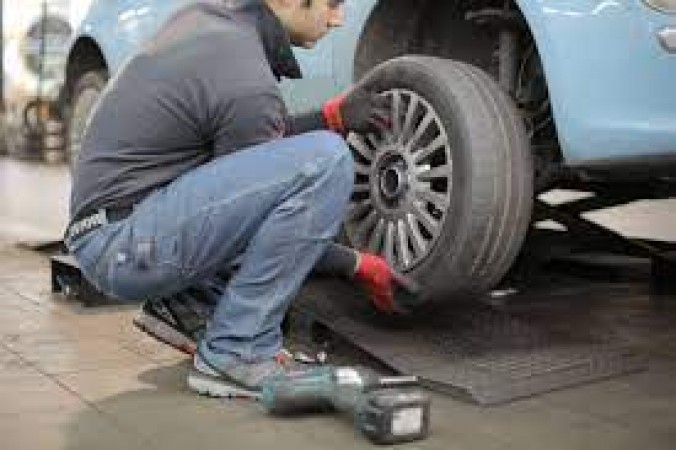
Car maintenance often involves a range of seemingly counterintuitive practices, including the intentional creation of air bubbles within various automotive systems. While this might appear unusual, mechanics employ this technique for specific reasons aimed at optimizing vehicle performance and safety.
The Role of Air Bubbles
Car owners might find it perplexing when mechanics intentionally introduce air bubbles into their vehicle's systems. However, this practice serves crucial purposes that contribute to the overall efficiency and functionality of the automobile.
Cooling Systems
Burstiness: One common area where mechanics introduce air bubbles is within the cooling system. This system relies on a mixture of coolant and water to regulate engine temperature. By introducing controlled air pockets, mechanics facilitate better circulation and heat dissipation.
Preventing Corrosion
Perplexity: The presence of air bubbles helps prevent corrosion within the cooling system. By disrupting the flow of coolant and creating turbulence, these bubbles discourage the formation of rust and scale, prolonging the lifespan of critical components.
Hydraulic Systems
Burstiness: Hydraulic systems in vehicles, such as those governing power steering and braking, also benefit from the presence of air bubbles. Mechanics deliberately introduce small amounts of air to enhance responsiveness and reduce the risk of hydraulic lock.
Enhancing Performance
Perplexity: The incorporation of air bubbles prevents hydraulic fluids from becoming too compressed, ensuring smoother operation and improved maneuverability. This proactive approach to system maintenance minimizes the likelihood of sudden failures and enhances overall driving safety.
Fuel Delivery Systems
Burstiness: Another area where mechanics strategically introduce air bubbles is within fuel delivery systems. By incorporating air pockets into the fuel lines, they promote more efficient mixing of air and fuel, optimizing combustion and engine performance.
Maximizing Efficiency
Perplexity: Air bubbles aid in the atomization of fuel, breaking it into finer particles for more thorough combustion. This not only enhances power output but also improves fuel efficiency, reducing emissions and operating costs over time.
Tire Mounting
Burstiness: When mounting tires onto rims, mechanics deliberately trap air between the tire bead and the rim flange. This trapped air creates a seal, preventing air loss and ensuring proper tire inflation.
Ensuring Safety
Perplexity: Proper tire inflation is critical for safe driving, as it affects handling, traction, and fuel economy. By strategically introducing air bubbles during tire mounting, mechanics safeguard against leaks and maintain optimal tire pressure.
Brake Bleeding
Burstiness: During brake system maintenance, mechanics perform a procedure called brake bleeding to remove air bubbles trapped within the brake lines. This ensures that the brake system operates smoothly and reliably, minimizing the risk of brake failure.
Promoting Consistency
Perplexity: Air bubbles in the brake lines can compromise braking performance, leading to spongy or unresponsive pedals. By bleeding the brakes and eliminating these bubbles, mechanics restore consistent brake feel and responsiveness, enhancing driver confidence and safety. In conclusion, the intentional creation of air bubbles by mechanics serves various critical purposes across different automotive systems. Whether it's improving cooling efficiency, enhancing hydraulic performance, optimizing fuel combustion, ensuring tire integrity, or maintaining brake reliability, these strategic practices contribute to the overall functionality, safety, and longevity of vehicles on the road.
If You Want a Pink Glow on Your Face, Follow These Tricks.
Meditation Can Improve Your Mental Health: Find Out How
Plant these plants inside your house today, you will get many benefits